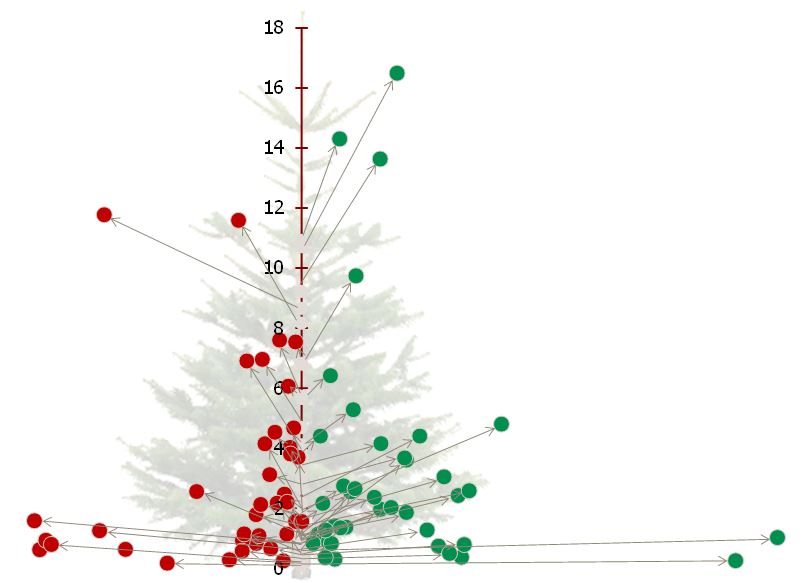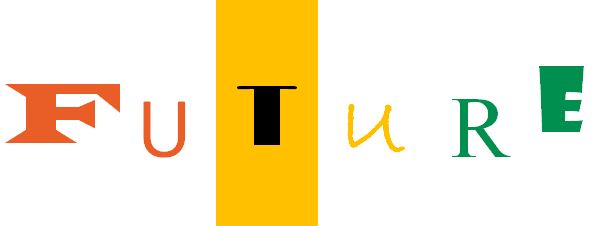Data usage, traffic and revenue per GB for 124 operators

This is tefficient’s 18th public analysis on the development and drivers of mobile data. It follows on our just-published analysis “More for less” tips the balance that compares 35 countries.
We have ranked 124 operators based on average data usage per SIM, total data traffic and revenue per gigabyte.
The data usage per SIM grew for all operators. And it grows quickly. But what happens to ARPU? Have operators been able to monetise usage growth following the more-for-more mantra? Continue reading Spotting the operators capable of monetising the data usage growth →
Mobile data usage and revenue for 35 countries
 This is tefficient’s 17th public analysis of the development and drivers of mobile data.
This is tefficient’s 17th public analysis of the development and drivers of mobile data.
Mobile data usage is still growing in all of the countries covered by this analysis. The growth rates are very different and so are the usage levels. Finland tops the charts in usage – but not in growth.
Data-only is a clear driver of usage. Austria emerges as the fixed-line substitution leader. In Korea, the share of data traffic on 4G has now effectively reached 100%. In mature markets, the 4G upside on data usage is mainly a thing of the past. Continue reading “More for less” tips the balance →
There are several ways to measure network performance and the results of published tests can therefore differ.
Mobile operators have a tendency to criticise test results when they have lost and promote results when they have won.
 An example of this is the recent drivetest by Connect Magazine in Switzerland as performed by P3 Group. Whereas Salt seems furious – the CEO-commented release is an interesting read – Sunrise uses the results in its marketing.
An example of this is the recent drivetest by Connect Magazine in Switzerland as performed by P3 Group. Whereas Salt seems furious – the CEO-commented release is an interesting read – Sunrise uses the results in its marketing.
Who will be the first operator – anywhere – to complain about a test methodology after having won?
What differs even more than the network test results is the perception of network quality. For an operator it is much more important that its customers are having the perception of the best network than actually having the best network. Continue reading Who has the best network in the Nordics? →
Our nine predictions for 2016 were designed to be measurable. The outcome wasn’t bad. Consequently, inspired by Apple’s self-proclaimed ‘courage’ to remove the headphone jack on the then-new iPhone 7, we upped our game when publishing our eight (courageous) predictions for 2017.

We didn’t think it would play out as well as it did. We predicted that Verizon would dump bucket plans and go all-in on unlimited. It happened. Verizon doesn’t call its unlimited plan “Kick the bucket”, but still. We predicted that the “control & zero-rate content” bundle would fail in the light of unlimited and the clouds have never been darker for AT&T with regards to its thirteen-months-have-elapsed-but-yet-to-be-approved attempt to take control over Time Warner. We also predicted that BT and Deutsche Telekom would eat crow and admit that their copper-embracing access strategy wasn’t future-proof just to realise that they now need to speed up to meet the demand for FTTH – or be run over by competition.
We weren’t right on everything – Vodafone didn’t pause 5G plans to focus on unlicensed spectrum; the company just asked the industry to sober up – but we are nevertheless so encouraged that we for 2018 present seven undaunted predictions:
Continue reading Seven undaunted predictions for 2018 →
Measure, compare and improve competitiveness within telecoms




